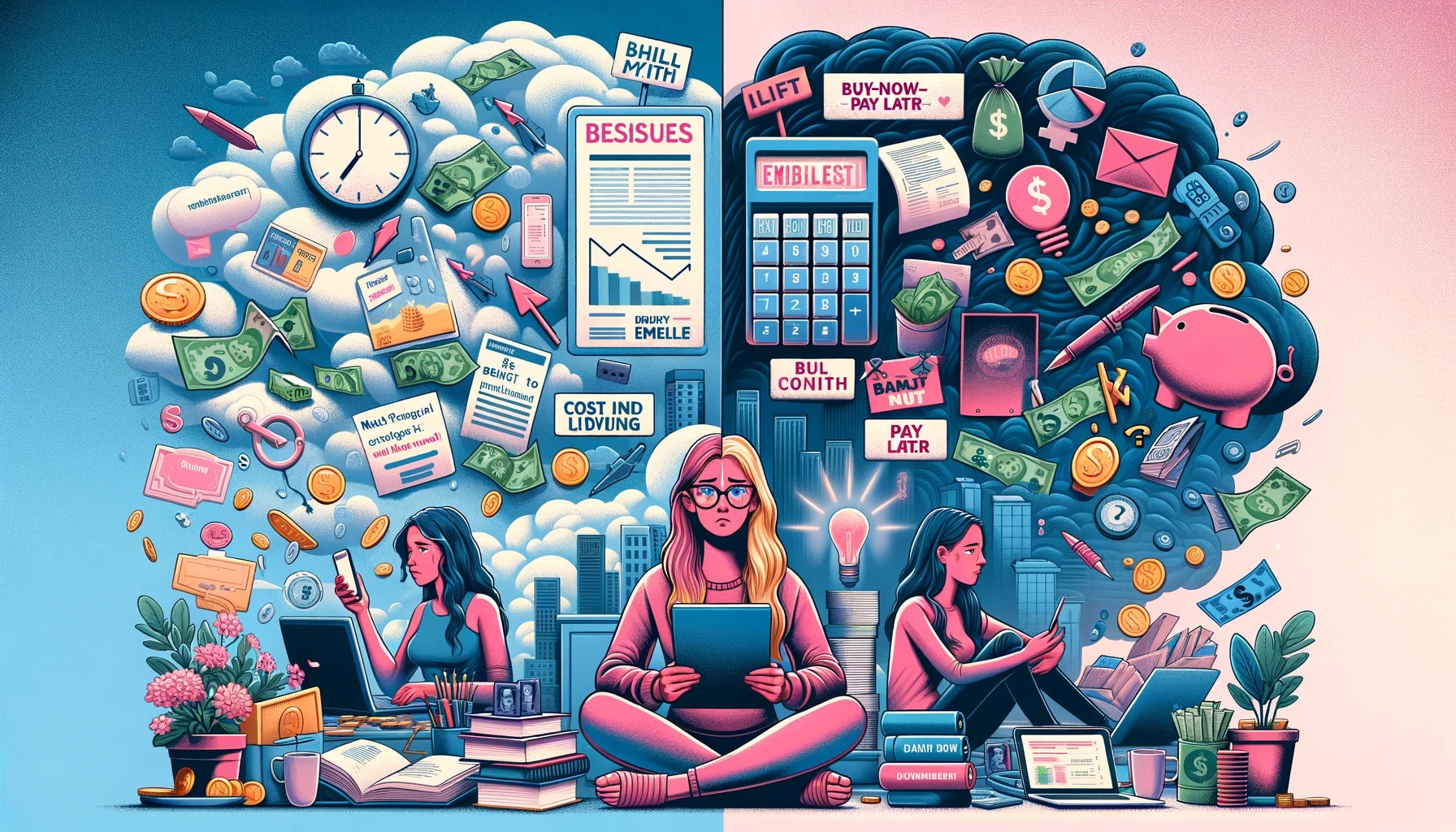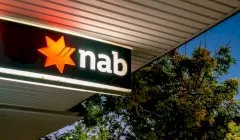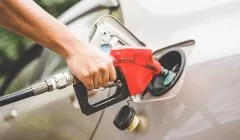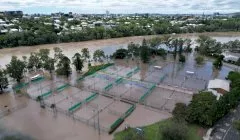Invest
The price of financial freedom
It’s an esoteric question, but ask yourself this – how much does it cost to be free?
The price of financial freedom
It’s an esoteric question, but ask yourself this – how much does it cost to be free?

According to NAB, the answer varies along state, gender, age and even income lines.
In its NAB Special Insight Report into Financial Freedom, the major bank found that the average “magic number” is $830,000 for an Australians to consider themselves financially free.
That means they’d have the means to pay off their debts, save and help out their families.
However, the report also found the amount needed to be financially free increases with income. Those on incomes of more than $100,000 think they need the most ($978,000), followed by those in the $75,000-$100,000 bracket ($963,000). That’s an increase of nearly $250,000 on last year’s number.

On the other end of the spectrum, workers in the $35,000-$50,000 consider the more modest $590,000 the price of financial freedom.
Speaking to Nest Egg, senior behavioural and industry economist at NAB Robert De lure said there are a few reasons for this trend.
“The best way to answer that question is that you ratchet up your expectations according to how much income you earn,” he said.
“For instance, if you are a high-income earner and you are in the habit of taking holidays overseas every year, going out for dinner every week, that becomes your norm and that's where you set your bar, as opposed to someone else who may not be in that position.”
Lower-income earners, conversely, will be satisfied with less.
It’s in line with the psychological theory known as Maslow’s hierarchy of needs, which argues that in order to progress through tiers of needs, the prior tiers’ requirements of physiological, safety, love and belonging, and esteem needs have to be met.
“You keep breaking the bar every time [you earn more money] so the more money you earn the bar is a bit higher as well,” Mr De lure said.
NAB’s report also found that capital city dwellers believe they need more ($950,000) than those in regional cities ($615,000), while men ($899,000) want more than women ($759,000), with those gender-based figures up $45,000 and $92,000 respectively on last year’s figures. ‘
Aussies between 30 and 49 want the most ($974,000), followed by those 50 and older ($742,000) and those between 18 and 29 ($736,000).
“For some, being 'financially free' means being able to pay off all their debts, for others it could be no longer having to earn a salary, or it might just be not being stressed about money,” said NAB Group chief economist Alan Oster.
“Unsurprisingly, where you live, how much you earn, your gender and your relationship status impact how much you think you will need.”

Spending
Moneysmart study reveals Gen Z women more concerned about finances than men
A new research conducted by ASIC’s Moneysmart has unveiled the heightened levels of stress and concern regarding finances and the cost of living among Australian Gen Z women compared to their male ...Read more

Spending
The cost of politeness: Aussies out of pocket by $1,350 due to 'awkward tax'
It's the time of year when Australians dive into their pockets for festive events and gatherings, yet a recent study by PayPal suggests that many are too polite, or perhaps too embarrassed, to ask for ...Read more

Spending
Aussies can ‘NAB Now Pay Later’ with the last major bank to embrace BNPL
NAB has become the latest bank to enter the BNPL market. Read more

Spending
Aussie households spent $368 a week on transport after petrol price surge
Fuel costs have increased by 40 per cent over the past year, a new report from the Australian Automobile Association has revealed. Read more

Spending
Voters say reducing the cost of living should be the government’s top priority
Aussies have ranked high cost of living as the top issue that needs to be addressed by the next government. Read more

Spending
Bodies back Labor’s commitment to stronger BNPL regulation
All parties should commit to stronger regulations for the BNPL sector, according to Financial Counselling Australia. Read more

Spending
Household spending surges led by retail and recreation
Spending on retail, recreation and hospitality have continued to climb as COVID-19 case numbers and restrictions have eased. Read more

Spending
Banks extend financial assistance to flood-affected customers
A range of assistance is available from major banks to those impacted by flooding in NSW and Queensland. Read more

Spending
Moneysmart study reveals Gen Z women more concerned about finances than men
A new research conducted by ASIC’s Moneysmart has unveiled the heightened levels of stress and concern regarding finances and the cost of living among Australian Gen Z women compared to their male ...Read more

Spending
The cost of politeness: Aussies out of pocket by $1,350 due to 'awkward tax'
It's the time of year when Australians dive into their pockets for festive events and gatherings, yet a recent study by PayPal suggests that many are too polite, or perhaps too embarrassed, to ask for ...Read more

Spending
Aussies can ‘NAB Now Pay Later’ with the last major bank to embrace BNPL
NAB has become the latest bank to enter the BNPL market. Read more

Spending
Aussie households spent $368 a week on transport after petrol price surge
Fuel costs have increased by 40 per cent over the past year, a new report from the Australian Automobile Association has revealed. Read more

Spending
Voters say reducing the cost of living should be the government’s top priority
Aussies have ranked high cost of living as the top issue that needs to be addressed by the next government. Read more

Spending
Bodies back Labor’s commitment to stronger BNPL regulation
All parties should commit to stronger regulations for the BNPL sector, according to Financial Counselling Australia. Read more

Spending
Household spending surges led by retail and recreation
Spending on retail, recreation and hospitality have continued to climb as COVID-19 case numbers and restrictions have eased. Read more

Spending
Banks extend financial assistance to flood-affected customers
A range of assistance is available from major banks to those impacted by flooding in NSW and Queensland. Read more









